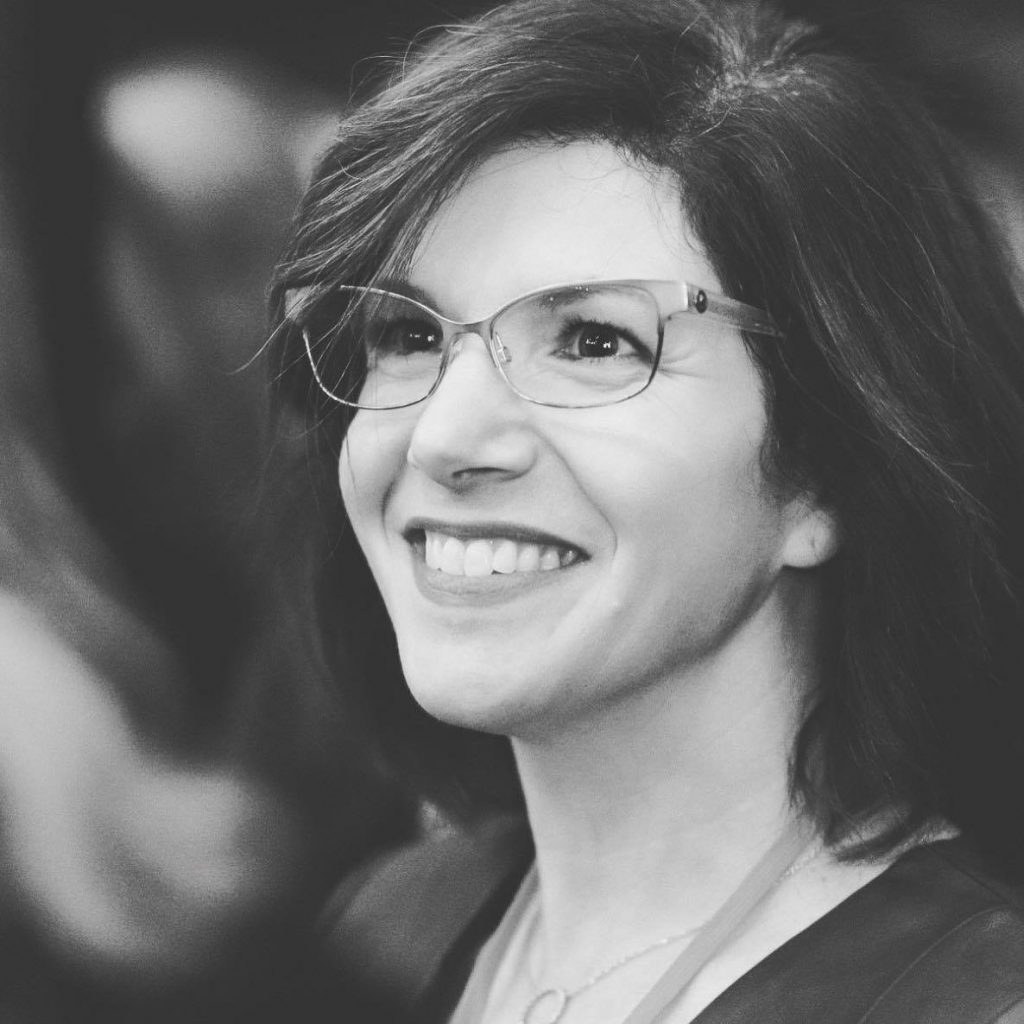The wisest leaders I know draw from a great many sources to inform their decision making and push them outside of their comfort zone. In my experience, a challenge for many women leaders is striking the right balance between empathy and candor.
Embracing honesty
I advise my clients and mentees to lean into the impulse to approach a sensitive or human resource related issue from a place of empathy, but also to not be afraid of simple honesty. I am not saying it’s easy. Frankness is not part of our culture. We are taught and rewarded for playing nice, remaining positive, and keeping negative thoughts to ourselves. How many times have we heard, “If you don’t have anything nice to say, don’t say anything at all?” For women, this is especially true. Like it or not, if we want to be respected leaders, we have to approach honesty and candor with intention and awareness.
How to incorporate empathy
Being honest doesn’t have to be impolite or cruel. When done with sensitivity and empathy, it can be one of the most constructive acts of kindness between two people. A good leader or mentor has figured out how to navigate this.
I once had a client who was in the early start up stage. He was in the idea phase and was convinced that his product would find a market. He was sure it would become the basis for a viable business. I listened while making a mental list of the things he had yet to do, and not thought of. I have worked with many clients like this; idea people who have conducted no market research, are unaware of who their customers are or their place in the market, and assume their ideas have not been thought of by anyone else.
As an advisor, my role is not to tell people their ideas are good or bad, but to thoroughly explore them, and lead people toward good decision-making and the best chance for success. I strive to strike a balance between cheerleader and realist. Over time, I developed a technique, borrowed from a variety of sources, that is transferable to most intrapersonal situations.
How to “yes, and” as a leader
In the case of my client, I first recognized and acknowledged his business concept and his passion. Most people just want affirmation that they have a good idea. However, what happens after a good idea is what separates successful from failure. So, after I appreciated and acknowledged his concept, here is what I did not say. I did not say, “but…”
Instead, I combined a bit of appreciative inquiry with some tips from Kelly Leonard and Tom Yorton, who wrote the book, “Yes, And: How Improvisation Reverses ‘No, But’ Thinking and Improves Creativity and Collaboration.” I acknowledged and appreciated his idea, and instead of saying, “but” I built on it. Using his idea as a launch pad, I turned all those details that I believed he needed to focus on into a question. I posed them like a challenge. My goal was not to stifle his enthusiasm but to create the most likely situation where he could hear me.
In most cases, people would rather talk about their successes than think about their faults or failures. Starting a conversation from a place of appreciation sets the stage for leaders, managers, and those in a position to provide feedback, to approach difficult topics or introduce issues in a way that is more likely to be heard.
So, the next time you have to have to have a difficult conversation and need to be honest, consider these three steps.
Main guidelines:
- Begin with appreciate inquiry. This will not only open the ears and mind of the person you’re speaking with, but give you the opportunity to understand and recognize their skills and achievements.
- Next, avoid the word “but” and to a lesser extent, “however” and turn your concerns into a question instead. Pose them as a challenge, if possible, and connect them to the person’s skills, ideas or past success.
- Finally, make it a goal to ignite and inspire the person with whom you’re having a dialogue. Allow them see the potential in themselves, or the situation that you see, and provide an opportunity for them to live up to it.
People are not as fragile as we assume. Helpful, empathic feedback that can truly help others grow and develop is better for any organization, and should be part of the toolkit of an effective leader or manager.
Nancy Pearson is Chief Transformation Officer at Mind the Gap, a woman owned agency that that identifies the blind spots holding leaders and organizations back. Learn more at mindthegapnation.com







Add Comment